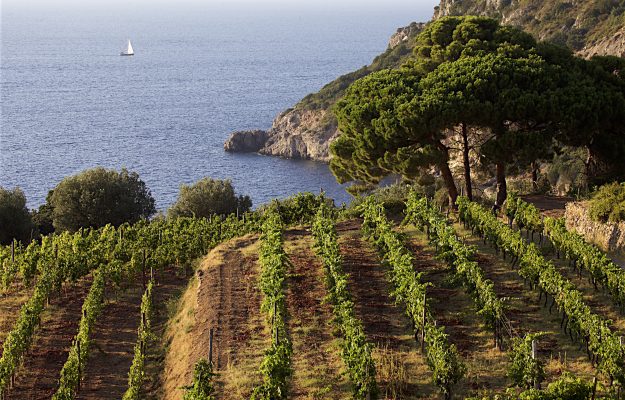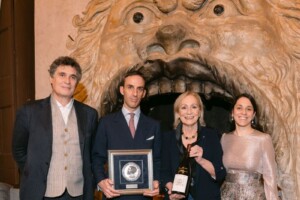The first half of 2023 was extremely difficult on the market for red wines from Italy and beyond, “penalized” not only by inflation and costs that erode people’s purchasing power, but also by a long-standing change in tastes that prefer fresher and lighter wines, and by a growing health-consciousness that leads to looking for products with low alcohol content. And, in this context, Tuscany is no exception, being one of the most emblematic regions of Italian wine, particularly for its great reds, which are largely associated with Sangiovese, but not exclusively.
According to Avito data, which includes all Tuscan wine consortiums, just over 1 million hectoliters were placed on the market from 1 January to 30 July, representing a -9% decrease from the same period in 2022. The only positive exceptions in this regard are Chianti, with 314,412 hectoliters and a +1%, and above all Maremma Toscana, with +13% and 33,232 hectoliters, but with the very strong driving force of the white Vermentino, which is on the crest of the wave. The same percentage of growth of the very small Orcia Doc, at +13% with 1,234 hectoliters, while the +80% of the microscopic Val d’Arno di Sopra Doc creates a sensation in percentage terms, but only 615 hectoliters on the market.
For the rest, the decline is widespread and, in some cases, severe. The bottlings of the great Igt Toscana are down by -17% (for 359,284), and also hold back those of the Chianti Classico, at -13% (for 125,644 hectoliters of the famous red Gallo Nero bottled and ready to go on the market). Again, there is a double negative sign in Montalcino, with Brunello di Montalcino scoring -6% (for 30,431 hectoliters) and Rosso di Montalcino scoring -24% (for 14,938 hectoliters), and in Montepulciano, with Vino Nobile scoring - 17% (25,322 hectoliters) and Rosso di Montepulciano scoring -13% (10,931 hectoliters). Morellino di Scansano (32,104 hectoliters) is also down -10%, Montecucco (2,278 hectoliters bottled) is down -43%, and Bolgheri defends itself a little better, with a -3% drop (for 29,782 hectoliters). And, while Pomino drops by -10% (2,672 hectoliters) among the niches, the figure is not encouraging even for the historic “white queen” of Tuscan wine, Vernaccia di San Gimignano which drops by -8%, for 21,233 hectoliters.
These data which, it must be said, are volumetric data, and not values. And, while not predicting disaster, they do indicate a less-than-thriving period for the wine market, given that bottlings, and in some cases the number of State labels delivered, are a “spy” of market trends, albeit not a perfect litmus test.
Copyright © 2000/2025
Contatti: info@winenews.it
Seguici anche su Twitter: @WineNewsIt
Seguici anche su Facebook: @winenewsit
Questo articolo è tratto dall'archivio di WineNews - Tutti i diritti riservati - Copyright © 2000/2025









































































































































































































